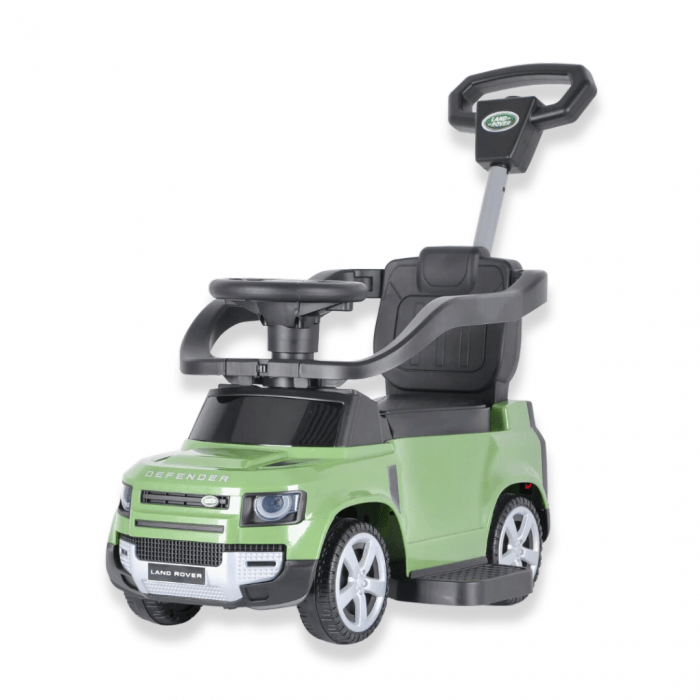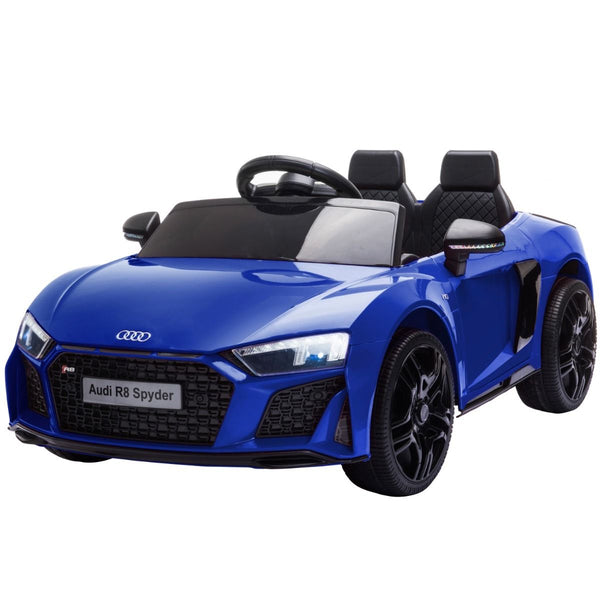Handy Ideas For Choosing Kids Cars
Handy Ideas For Choosing Kids Cars
Blog Article
What Safety Features On The Ride-On Car Should I Be Looking At? The Pros And Cons
To ensure the safety of your child take into consideration the following features. Seat Belts, for example, are a safety feature which is essential to think about.
Pros: Seat belts secure your child in the car ride-on, decreasing the possibility of them falling off or getting thrown out during play. Seat belts provide an additional layer of protection to your child from sudden turns and sudden stops.
Cons - Not all ride-on cars come with seatbelts. This is especially true for those that are designed specifically for younger children. Also, some children find seat belts restricting and uncomfortable. This can result in a resistance to using them.
Sturdy Construction
Pros - A vehicle made from high-quality materials and a sturdy structure will last longer and resistant to damage. It will also provide long-term reliability and safety. It's made to be strong enough to withstand the strains of playing while also providing stability.
Cons - Sturdy design usually comes at a higher price level, which makes it more costly for some families. Ride-on vehicles may be more difficult to maneuver and transport in the event that they are constructed of heavy materials.
The Low Center of Gravity
Pros- Ride-ons with lower center of gravity are less likely to tip over, which reduces the likelihood of accidents. They provide greater stability and better balance, especially in turning and maneuvers.
Cons - Some rides-on-cars with low centers of gravity could sacrifice their off-road ability or ground clearance. This restricts their ability to operate in certain conditions.
Child Remote Control -
Pros - Parents can supervise their children's activities and offer assistance, ensuring safety and security. Parents can intervene during emergencies or navigate difficult terrains or stay clear of collisions.
Cons - Remote control by parents may hinder the autonomy and independence of children since they depend on parental support and direction in play. Remote-controlled vehicles can be more costly than ride-on cars which are operated by hand.
Speed Limiters
Pros - Ride-on cars with speed limiters or speed settings that can be adjusted permit parents to regulate the maximum speed of the vehicle, reducing the risk of accidents or collisions. Parents can increase the speed of the ride-on car when their child becomes more confident and skilled.
Cons - Some children might outgrow the lower speed settings quickly, leading to anger or dissatisfaction from the ride-on vehicle. In addition, speed limiters may not be present on all models or may require additional features or accessories.
Safe Start Technology -
Safe start technology reduces the risk of sudden jerks and lurches which could startle or even destabilize a child. This ensures a safer and more enjoyable ride.
Cons - Ride-on cars with safe start technology might cost more than standard models that do not have this feature. Children may also discover that the slow acceleration and deceleration are less exciting and engaging as sudden stops and starts.
Visibility Enhancements
Pros- Ride-on cars with improved visibility, such as working headlights (or taillights) reflective materials, or other features improve visibility. This can be helpful in dim or low-light areas. These vehicles improve safety because they make the vehicle more noticeable to pedestrians and vehicles.
Cons - The addition visible features can increase battery drain or complexity in the design of the ride-on vehicle. These factors can cause problems or issues with maintenance.
If you consider the pros and cons of each safety option, you can select a ride-on vehicle that is both safe and provides a great play experience for your child. Read the most popular ride on toys for blog recommendations including electric rideons, ride a toy, electric ride on, remote control childrens electric cars, race car toy car, riding digger, two seater childrens electric cars, ride on car, ride ons, ride on toy and more. . 
What Are The Assembly And Maintenance Requirements For Kids' Ride-On Cars?
For the best performance, safety and longevity kids' ride-on vehicles require some assembly. Here are some typical assembly and maintenance needs for kids' ride-on vehicles:
The majority of ride-on cars are assembled and require some assembly on their arrival. Attaching the components like wheels, steering wheels, and seats according to the manufacturer’s instructions, is a common practice.
Be sure to follow the assembly instructions carefully and ensure that every piece is securely connected. Utilize the tools and hardware as directed to complete the assembly.
Cleaning -
Regular cleaning is essential to keep the ride-on car running at its peak and performing properly. Make use of an incredibly soft and dampened sponge or cloth with mild soap and warm water to clean exterior surfaces.
Be aware of areas that are susceptible to accumulation like the wheels, tire, and undercarriage. To get rid of the grime and dirt that is difficult to remove, use a toothbrush or brush to access areas that are hard to reach.
Avoid using harsh chemicals and aggressive detergents. They can damage electronic parts or the paint of the ride-on car.
Battery Care
Battery care is crucial when the ride-on is powered by rechargeable batteries. A proper battery maintenance program can maintain the performance of your ride-on and prolong battery lifespan. Battery care is easy when you follow these tips.
Charge the battery prior to every use and then fully after each use. This will ensure that you get maximum performance.
Avoid overcharging your battery or leaving it connected to chargers for a prolonged period of time. Both could damage the battery and decrease its life span.
The battery in the car that is ride-on is best stored in a cool and dry location when not in use in direct sunlight or temperatures that are extreme.
The terminals of the battery should be examined regularly for damage and corrosion. They can also be cleaned using a wire bristle or terminal cleaner when needed.
Replace it if the battery is not able to hold a full charge or has evidence of damage or deterioration.
Tire Maintenance -
Regularly check your tires for wear, damage or decrease in air. The tires can be inflated to the recommended levels with a bicycle or an air compressor.
Examine the tread pattern for any debris or other foreign objects that could cause punctures or flats. Remove obstructions, and replace damaged tires or repairing them when necessary.
Lubricate the axles and wheel bearings regularly to ensure a smooth and efficient rotation. reduce friction.
Repair or replace parts when needed
Ride-on cars can require repair or replacement of parts due wear or damage.
Watch out for indications of deterioration or malfunction like unusual sounds or power loss or unusual behavior. Contact customer service or consult the specifications of the manufacturer for help in troubleshooting.
To avoid further damage, replace worn-out or damaged components as soon as you can to ensure security and function.
You can make sure your child's rideon vehicle is in perfect condition by adhering to these assembly and maintenance instructions. Your child will enjoy numerous hours of safe fun and exciting playing time. Have a look at the most popular discover more for electric kids cars for blog examples including kids electric cars, toy car for car, electric toy car, race car toy, car toy car toy, childrens electric cars, toy in car, kidscars, toy car, ride a toy and more. . 
What Is The Most Reliable Remote Control Car For Kids? What Are The Benefits And Disadvantages?
Remote control children's cars are also referred to as RCs or remote controlled cars. They come in a variety of designs, prices, and sizes to suit every budget and preference. Here's a listing of the different types of remote control children's cars, including the dimensions, cost ranges, and pros and con.
Electric RC Cars – These are remote-controlled, battery-powered vehicles which can be used indoors and out. They are available in a variety of styles including trucks, buggies or sports cars.
Nitro RC Cars : Gas-powered vehicles that are controlled remotely and provide better performance, but need more care. They're generally bigger and more costly than electric RC car.
Scale Models (Remote-controlled replicas) They are miniatures of real-life vehicles such as cars, trucks or planes. Scale Models can be found in a range of sizes that range from 1-10 to 1-24. Larger scales give more detail and realistic appearance.
Sizes -
Remote-controlled children's cars are available in a variety of sizes, from small miniature models to huge-scale replicas. The size and weight of the vehicle will impact its performance.
Micro-sized cars are compact and light, making them suitable for indoor use as well as younger children. Cars with bigger sizes offer more power and durability and are therefore perfect for off-road and outdoor racing.
Prices
Prices of remote-control children's vehicles vary according to factors like the size, features and model.
Micro-sized electric cars can be bought for between $20 and $100, and larger electric and nitro-powered RCs can cost $100-$500 or more.
The price of scale models and hobby grade RC vehicles range from a few hundred dollars to over 1000 dollars, based on their level of performance and detail.
The pros and cons of -
Pros -
Entertainment - Remote control children's cars provide hours of entertainment and excitement for adults and kids alike.
Skills Development The use of RC vehicles aids in the development of spatial awareness, hand-eye coordination and problem-solving abilities.
Social Interaction RC cars are a great way to play with family members and friends, encouraging collaboration and social interaction.
Customization - Many RC automobile models are modified using aftermarket components as well as upgrades and accessories to enhance performance and look.
Cons
Cost – A remote-controlled car for kids with the latest features or even hobby grade models can be expensive.
Learning Curve: Operating a RC Car is a process that requires the ability and practice as well as younger children could struggle at first.
Maintenance is a must for car owners who own RC vehicles. They need to clean regularly, lubricate and perform repairs or replace the parts.
Safety concerns RC cars pose a safety risk and could lead to electrical hazards, accidents and falls when used without supervision of an adult.
In general, remote-controlled children's cars provide an exciting as well as educational experience for kids of all ages, but it's essential to consider factors such as the size, price features, safety, and size when selecting the best car for your child. Hobby-grade RC vehicles are appropriate for older children and those who are avid, while less complex models are suitable for younger kids and novices. Check out the top rated Mercedes ride on car kidscars.co.uk info for site examples including car electric ride on, ride of car, toy with car, ride a toy, toy with car, kids electric cars, childrens ride on, childs electric ride on car, toy and car, childs electric ride on car and more. .